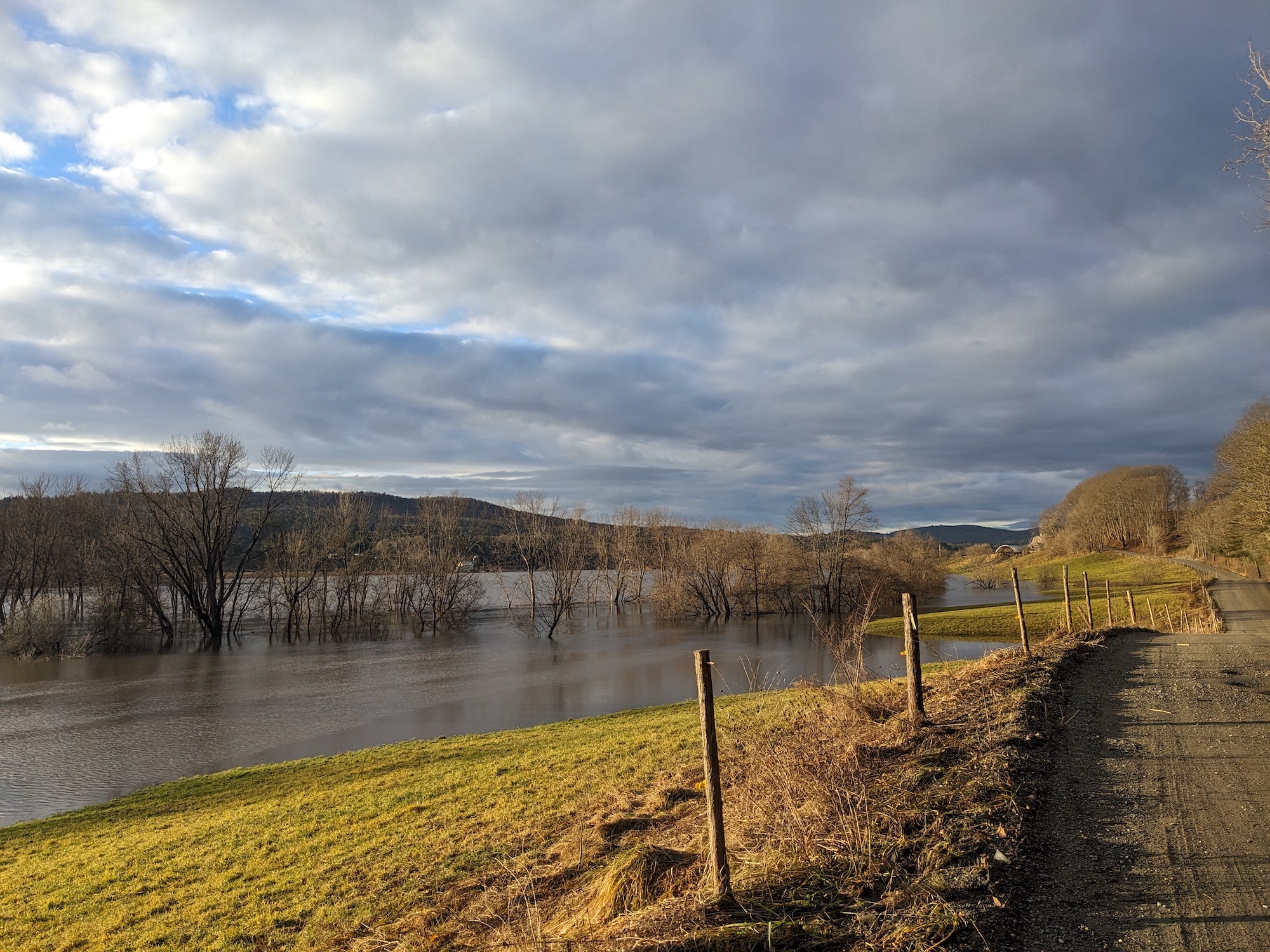February 21, 2024
Montpelier, VT – Today, the Vermont Senate Committee on Natural Resources & Energy voted 5-0 to advance S.213, the Flood Safety Act. This bill takes important steps to reduce the risk of future flooding and strengthen our communities’ resilience.
After the devastating floods of 2023, and climate projections indicating worsening and more frequent future flooding, Vermont must adopt policies to reduce flood-related damages. These policies can simultaneously provide clean drinking water, support biodiversity, and protect recreational opportunities. These policies also bolster our economy and promote public health.
Building on the strong work of the Senate Natural Resources & Energy Committee, we need continued leadership from legislators as S.213 works its way through the process to help increase public safety, reduce impacts and costs from flood damage, and protect these critically important natural resources from the increasing impacts of climate change.
“After witnessing the devastating flooding this summer in so many communities, I’m so grateful the Senate Natural Resources & Energy committee has advanced a critical policy to reduce future flood risks in our communities,” said Lauren Hierl, Executive Director of Vermont Conservation Voters. “By better regulating development in river corridors and wetlands, and by addressing dam safety, our watersheds will be more resilient in the face of the climate crisis.”
Karina Dailey, Restoration Ecologist for Vermont Natural Resources Council added, “Our natural infrastructure is our best protection for community resilience and is a far less expensive approach to mitigate flooding, address climate impacts, ensure clean water and protect biodiversity.”
Improved management of our watersheds can help mitigate the growing impacts of climate change, including increased flood risk across the state. Key provisions of the Flood Safety Act, S.213, include:
- River Corridor Protections: Better manage high-hazard river corridors by implementing statewide regulations to keep future development out of harm’s way and allow space for our rivers to store and slow floodwaters, which can help reduce flood impacts and costs for Vermonters.
- Wetland Protections: Better protect these vital natural resources, which mitigate flood risks, by improving wetland mapping and reporting, and establishing a 2:1 wetland net-gain policy to reverse historic wetland loss through protection and restoration.
- Dam Safety: Improve dam safety by consolidating oversight and strengthening maintenance requirements for dam owners, while investing in the strategic removal of dams that exacerbate flooding and pose a risk to public safety.
Learn more at: https://vnrc.org/clean-water/vnrc-policy-position-resilience/
In a recent poll, 67% of Vermonters supported limiting development in areas especially prone to flood damage, an issue that garnered majority support by Democrats, Republicans and Independents. Poll respondents also indicated that they are more worried about flooding than they were 5 years ago. Taken together, these results demonstrated that Vermonters are ready for policy action that directly addresses their concerns, such as those included in S.213. See more polling details here: https://vnrc.org/wp-content/uploads/2024/02/TNC-Flood-River-Policy-Polling-2024.pdf
“Our communities are being repeatedly, and devastatingly, damaged by flood events,” said Lauren Oates, Director of External Affairs at The Nature Conservancy in Vermont. “It is time that we pass legislation that directly addresses this increasing threat to our human and natural communities. We are grateful to the Senate Natural Resources & Energy Committee for their work to develop and advance this important flood safety bill.”
Another aspect of the bill involves proactively preventing one of the leading causes of toxic polystyrene foam from entering Vermont’s waterways, dock foam. This foam pollution is worsened by climate change, such as during flood events, and it can kill wildlife, pollute beaches, and degrade water quality.
Julie Silverman, Lake Champlain Lakekeeper, with Conservation Law Foundation in Vermont shares, “As someone who’s regularly out on the water, I’ve seen firsthand the powerful impact of severe storms creating more harmful marine debris and pollution in our waterways. The urgency is real—S.213 takes critical steps towards keeping these toxic materials out of Vermont waters.”
Lori Fisher, Executive Director of the Lake Champlain Committee noted, “The bill includes important measures to build climate resilience, protect water quality and ecosystem health, keep polluted debris out of our waterways, and mitigate the dire consequences that we witnessed during the summer flooding. It’s critical to take these actions now to help us weather future storms.”
“Our organizations look forward to continuing to work with lawmakers as the Flood Safety Act moves through the legislative process to ensure Vermont enacts strong legislation to improve the resilience of our communities by better protecting and managing our watersheds,” Hierl added.
###
Contact:
Lauren Oates, The Nature Conservancy in Vermont, lauren.oates@tnc.org
Lauren Hierl, Vermont Conservation Voters, lhierl@vermontconservationvoters.org
Julie Silverman, Conservation Law Foundation Vermont, jsilverman@clf.org
Lori Fisher, Lake Champlain Committee, lorif@lakechamplaincommittee.org
Karina Dailey, Vermont Natural Resources Council, kdailey@vnrc.org




